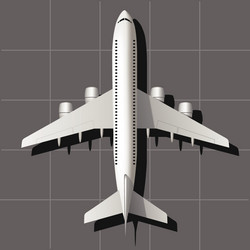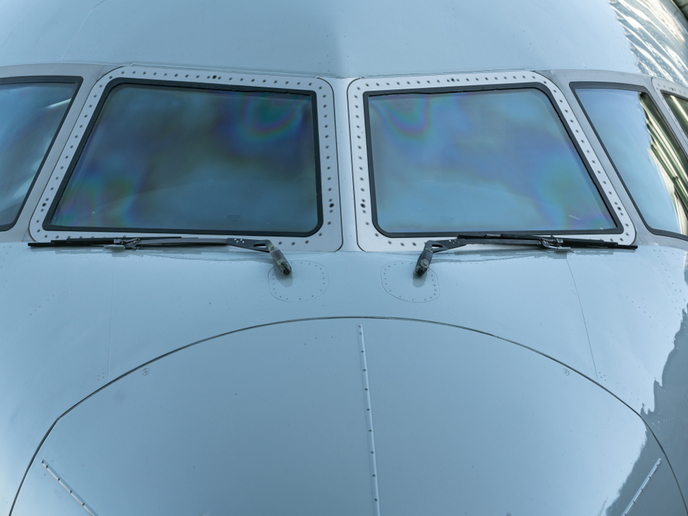Modelling assembly to meet tolerances
Modern and advanced NLF aircraft technologies such as those under development within the European Commission's joint public-private partnership Clean Sky will significantly decrease drag, fuel consumption and emissions. When multiple parts or components are joined together in complex configurations, meeting individual tolerances may not be enough to meet the overall tolerance as deviations from design can accumulate. EU-funded scientists working on the project SATCAS (Simulation of the assembly tolerances for composite aircraft structures) developed analysis tools based on finite element (FE) calculations to predict overall deviations in complex assemblies which can be produced by the accumulation of the deviations of the constituent parts and/or by the assembly operations itself. The team developed simulations of the whole assembly process in which individual parts are considered as flexible bodies, to take into account that during such processes they can deform. The focus was on the wings of the Low Drag Demonstrator of the Smart Fixed Wing Aircraft Integrated Technology Demonstrator. It required consideration of detailed assembly processes and fixtures, from the local analysis of the fastening techniques to the simulation of each of the main assembly operations expected to be used for the Low Drag Demonstrator. The output is the cumulative tolerances analysis. Following validation on small lab-scale assemblies enabling comparison of experimental and theoretical results, the numerical methodology was applied to two large aircraft wing torsion box concepts. The tests not only confirmed the ability of the FE numerical strategy to simulate assembly processes accurately, they also showed its potential to highlight improvements in processes or even in design of assembly hardware. Further optimisation will focus on reduction of computation time. The SATCAS simulation platform will be an important tool in design of new NLF concepts for the EU aerospace sector, ensuring that finished assemblies meet overall tolerances to achieve required drag reduction. As a cumulative tolerance evaluator, it will no doubt find applications in numerous other manufacturing environments as well.







